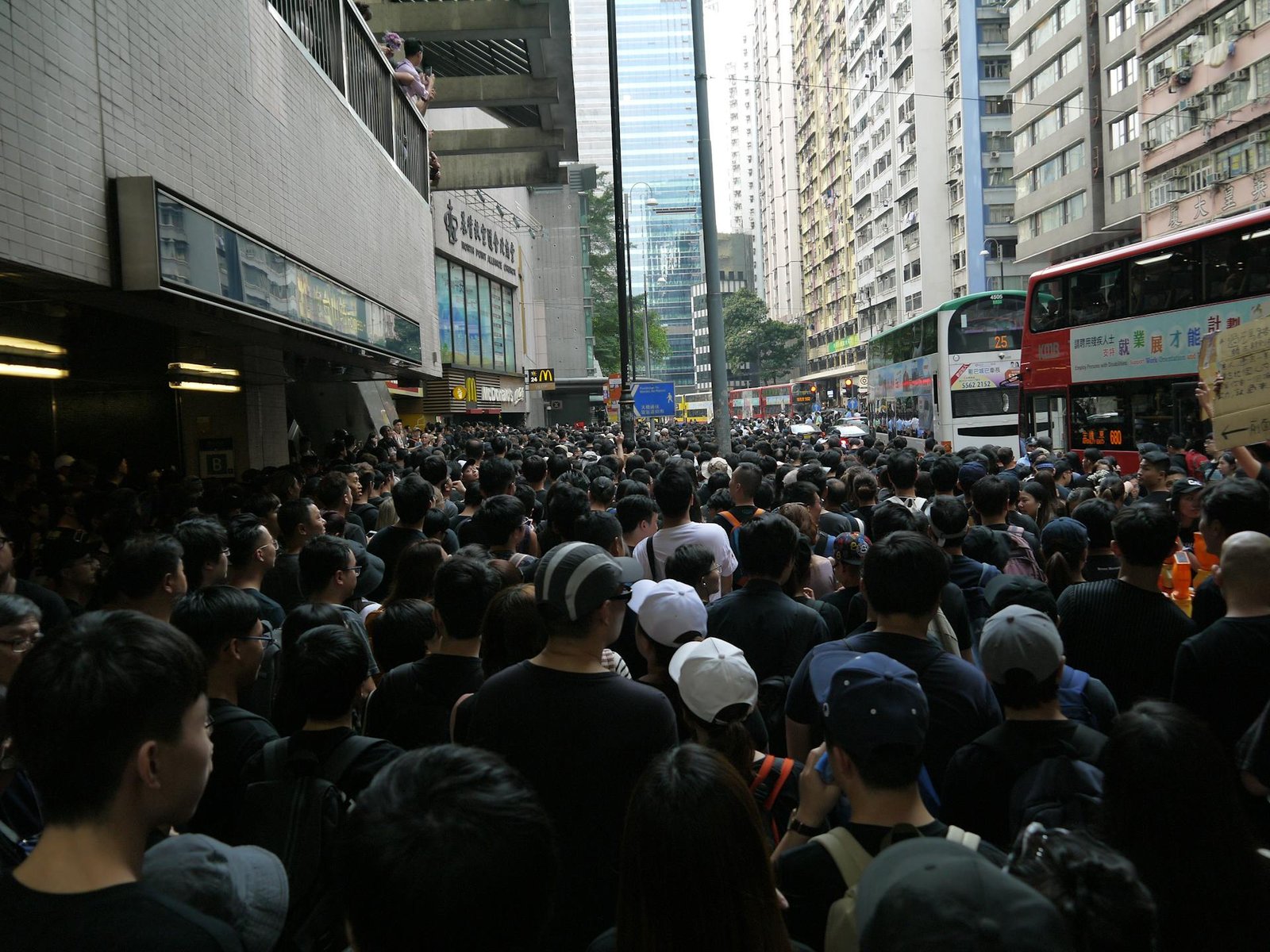
The global population has reached a remarkable milestone, exceeding 8 billion people. According to United Nations estimates, the world’s population is projected to increase by nearly 2 billion by 2050, with a potential peak of 10.4 billion around the mid-2080s. This surge in population growth is driven by several key factors, including advancements in healthcare, improved living standards, and greater access to clean water and sanitation. With declining mortality rates, especially among infants and young children, and an aging global population, cities are becoming more densely populated than ever before.
Here are the top 10 most populated cities in 2024, reflecting the ongoing trend of rapid urbanization and its influence on global demographics.
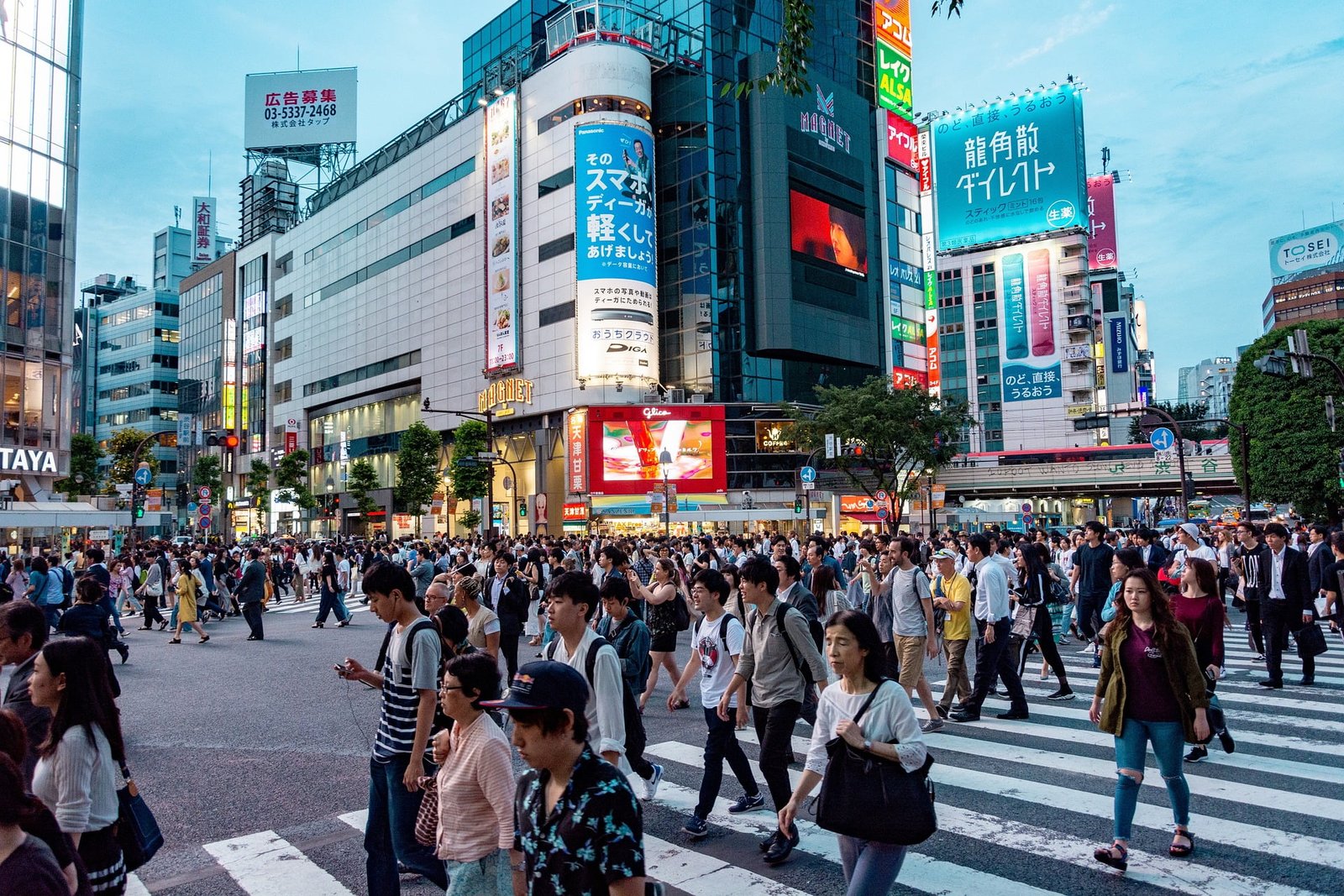
Tokyo, Japan: 37.1 Million People
Tokyo has held the title of the world’s most populous city for several years. With 37.1 million residents in 2024, it continues to be a bustling hub of culture, technology, and finance. Tokyo’s population saw rapid growth during the 20th century, particularly after World War II. However, in recent years, the city’s growth has slowed due to Japan’s aging population and low birth rates. Despite this, Tokyo remains a densely populated city, with people drawn to its vibrant lifestyle and economic opportunities.
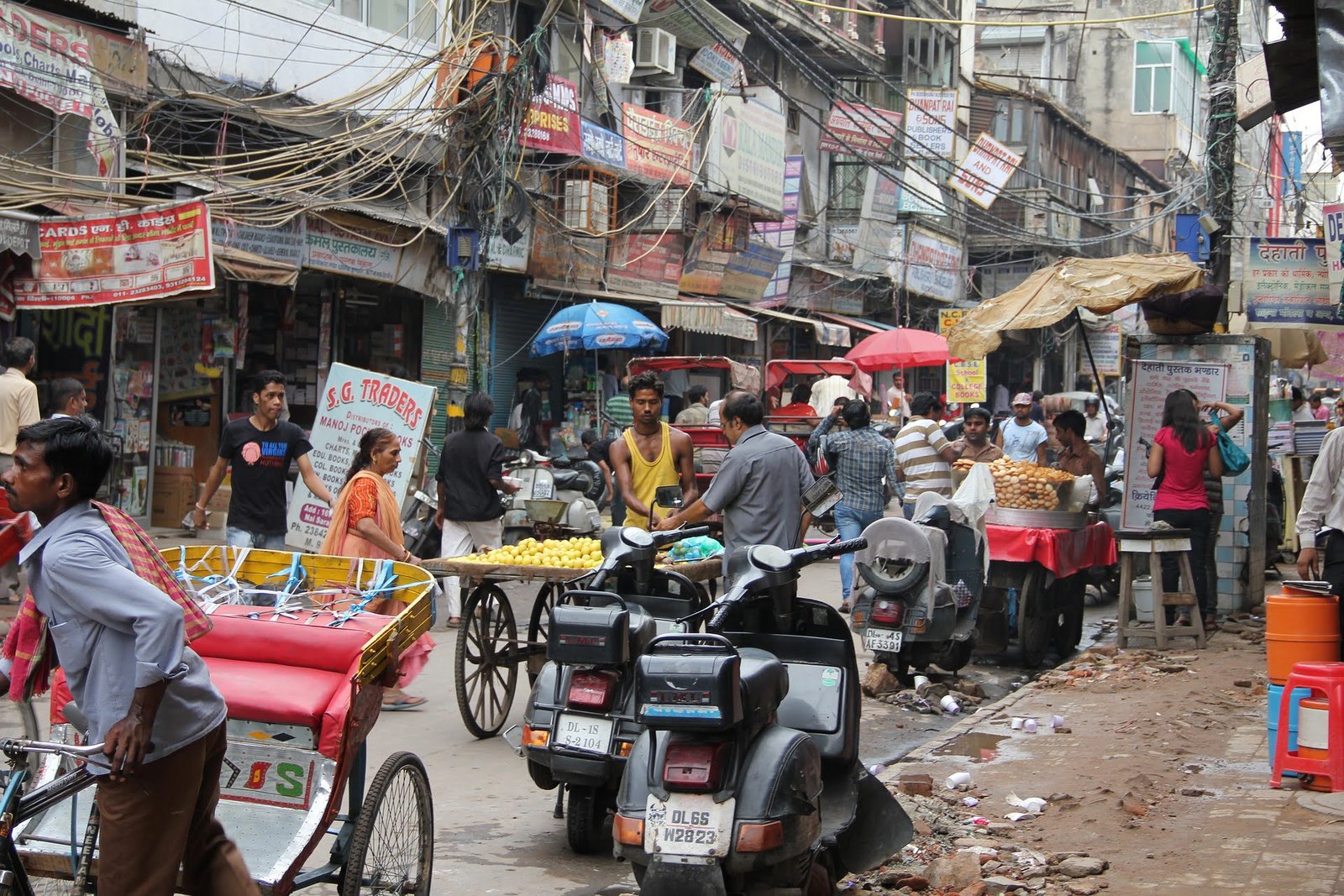
Delhi, India: 33.8 Million People
Delhi has witnessed a population boom in the last few decades. In 2024, it houses 33.8 million people, making it the second-most populous city in the world. Delhi’s population growth has been driven by rural-to-urban migration, as people move to the capital for better job opportunities and living conditions. The city’s history as a major political and cultural center has also contributed to its large population. Delhi continues to grow rapidly, with challenges like pollution and overcrowding becoming more prominent.
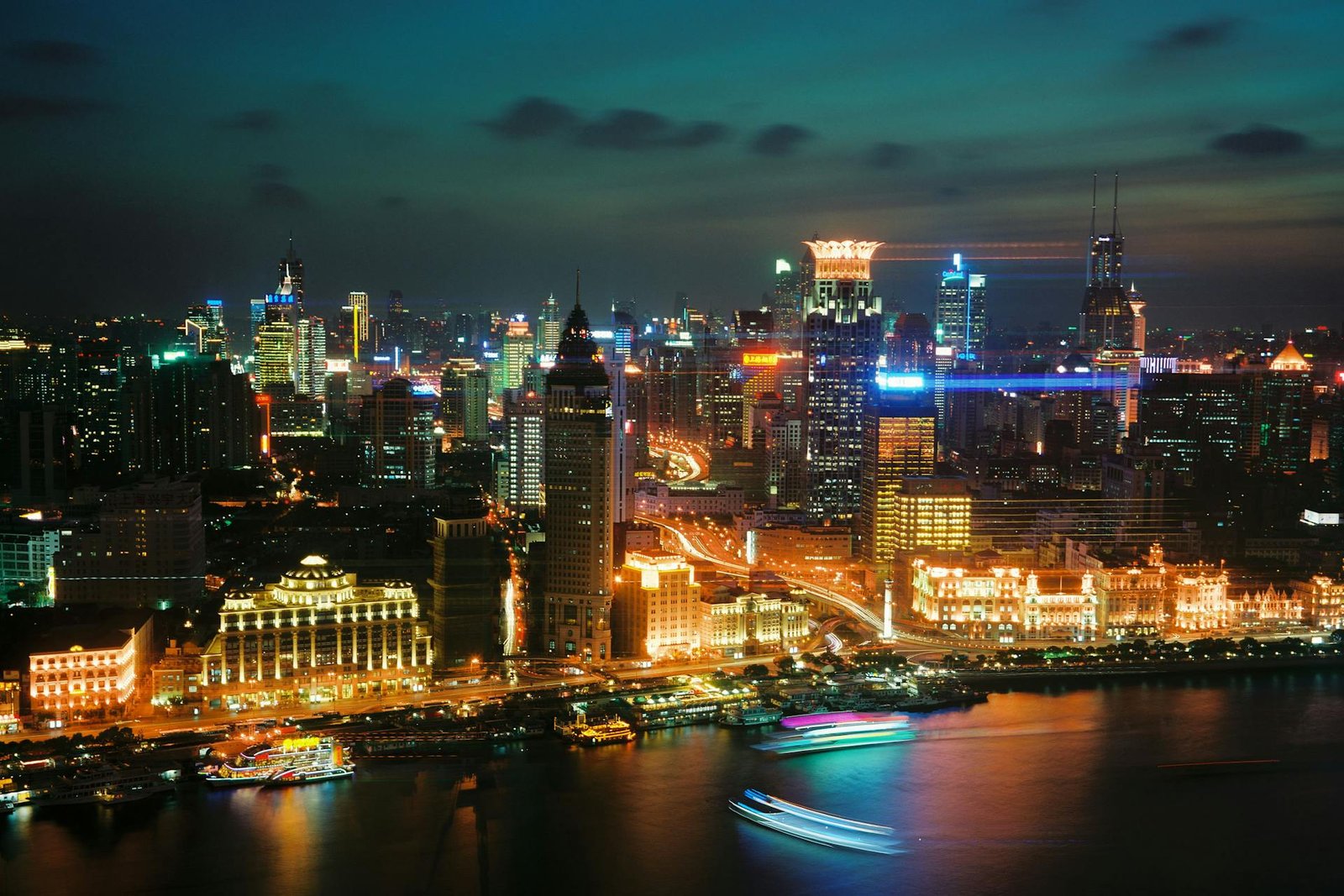
Shanghai, China: 29.8 Million People
Shanghai, the largest city in China, has a population of 29.8 million in 2024. This global financial center has experienced significant population growth over the past few decades, fueled by China’s economic boom. Shanghai’s population history dates back centuries, but its modern growth can be traced to the late 20th century when it became a focal point for economic reforms. The city’s population continues to grow, although at a slower pace compared to previous years.
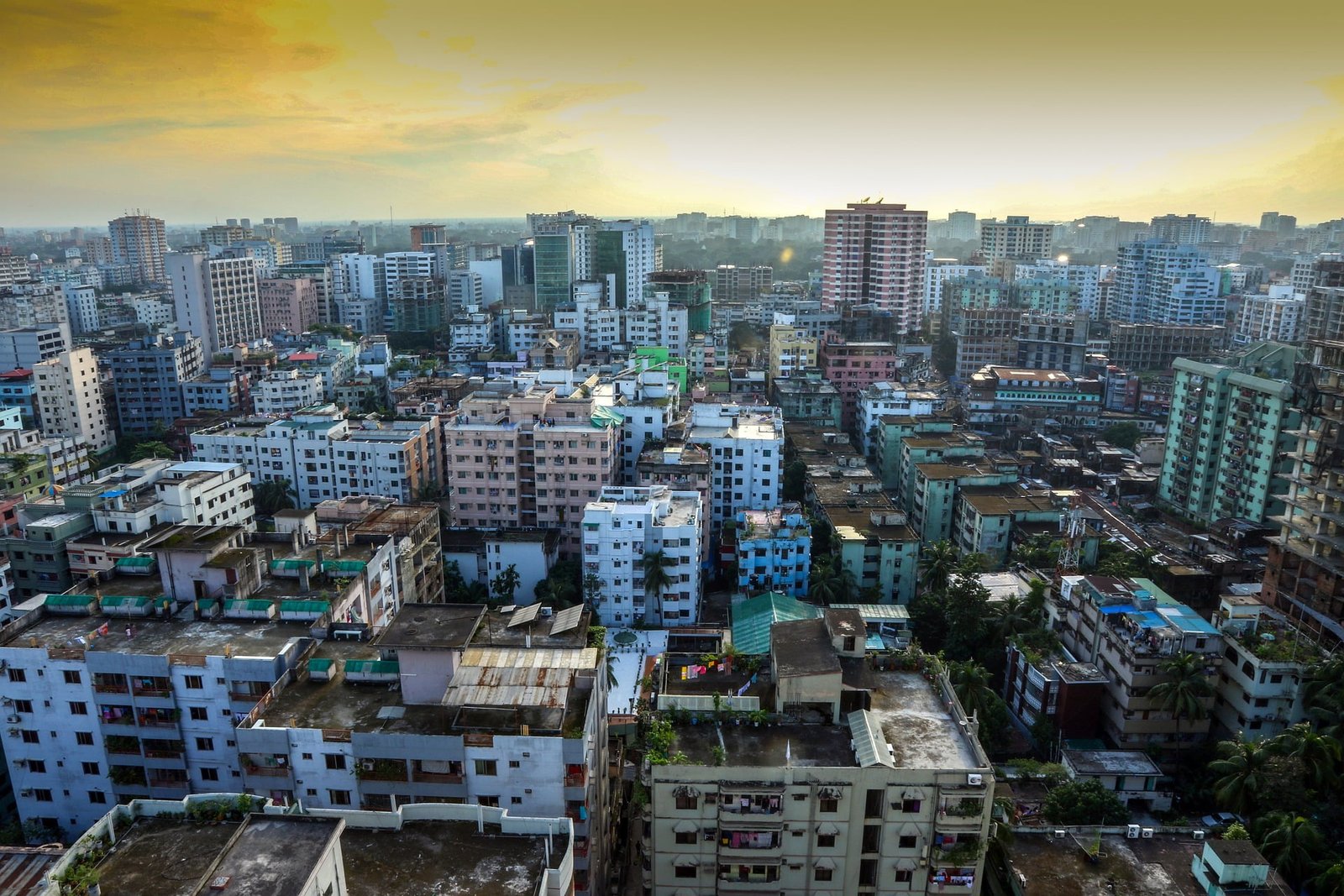
Dhaka, Bangladesh: 23.9 Million People
Dhaka, the capital of Bangladesh, is home to 23.9 million people in 2024. The city has seen explosive population growth in recent years, largely due to rural-to-urban migration and a high birth rate. Dhaka’s population density is one of the highest in the world, leading to challenges such as traffic congestion and inadequate infrastructure. Despite these challenges, Dhaka continues to attract people from across the country, seeking better opportunities in the city.

São Paulo, Brazil: 22.8 Million People
São Paulo is the most populous city in Brazil, with 22.8 million residents in 2024. The city’s population growth has been steady over the years, driven by its status as an economic powerhouse in Latin America. São Paulo’s history as a major coffee producer in the 19th century laid the foundation for its growth, and it has since evolved into a diverse metropolis. The city’s population is now growing at a slower pace, but it remains a key cultural and economic hub.
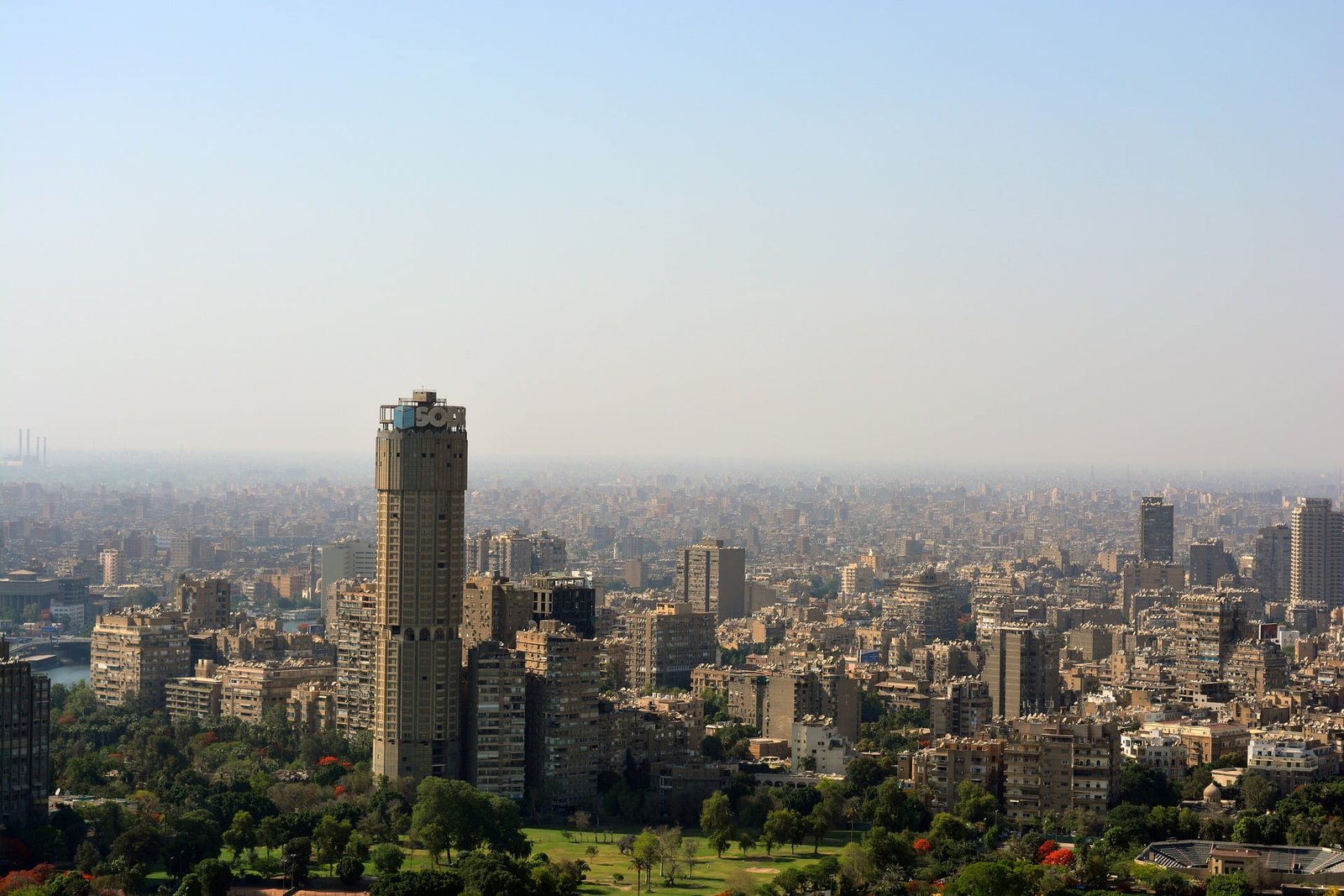
Cairo, Egypt: 22.6 Million People
Cairo, the capital of Egypt, has a population of 22.6 million in 2024. The city’s history as one of the oldest continuously inhabited cities in the world contributes to its large population. Cairo has grown rapidly over the past few decades, with people flocking to the city for its historical significance and economic opportunities. The city’s population growth is now facing challenges such as housing shortages and traffic congestion, but it remains a vital center for culture and commerce in the Middle East.
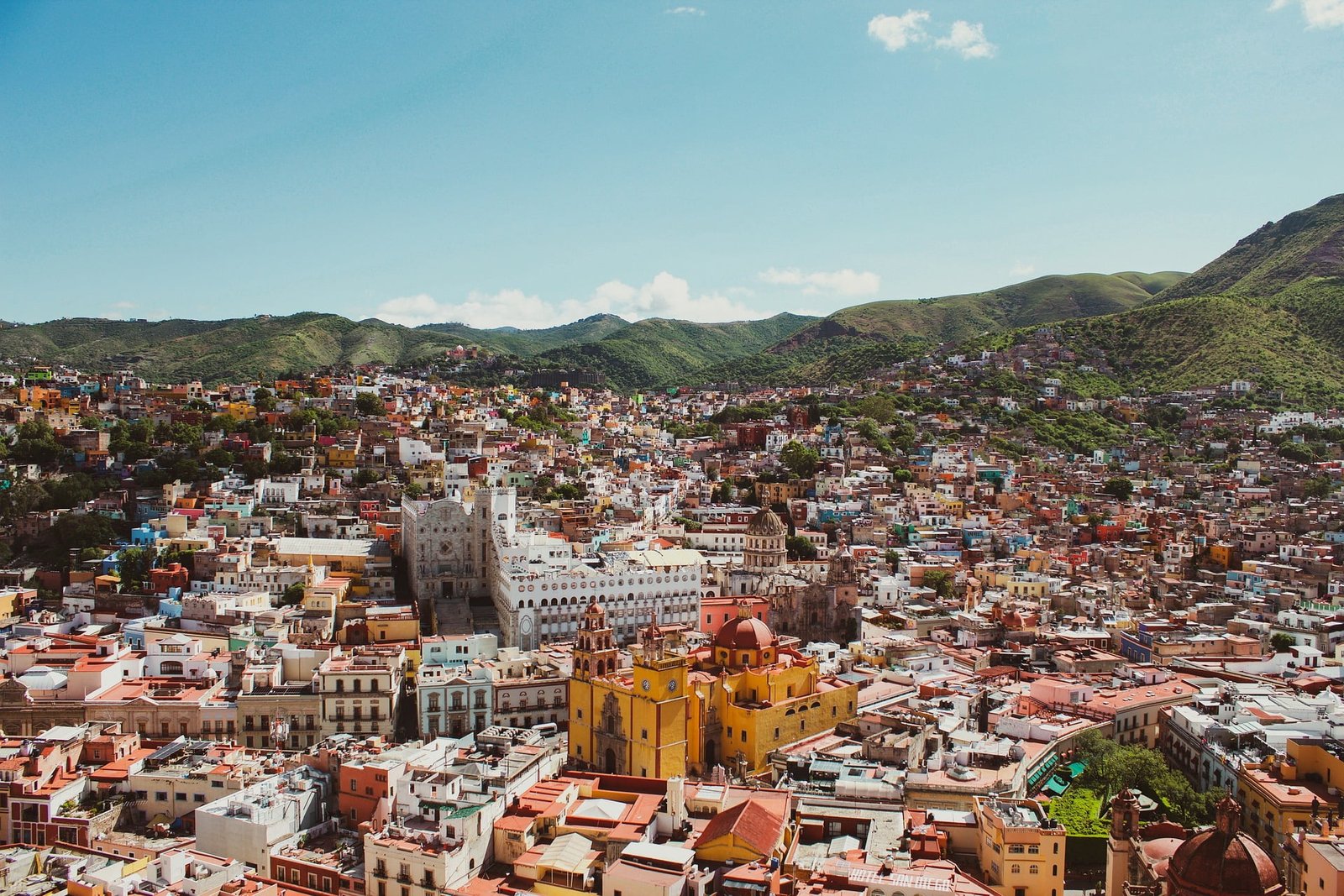
Mexico City, Mexico: 22.5 Million People
Mexico City, with a population of 22.5 million in 2024, is one of the largest cities in the Americas. The city’s population has grown steadily over the years, fueled by both natural growth and migration from other parts of Mexico. Mexico City’s history as the capital of the Aztec Empire and later as a colonial capital has made it a major cultural and political center. Today, it continues to attract people for its vibrant culture and economic opportunities, despite challenges like pollution and overcrowding.
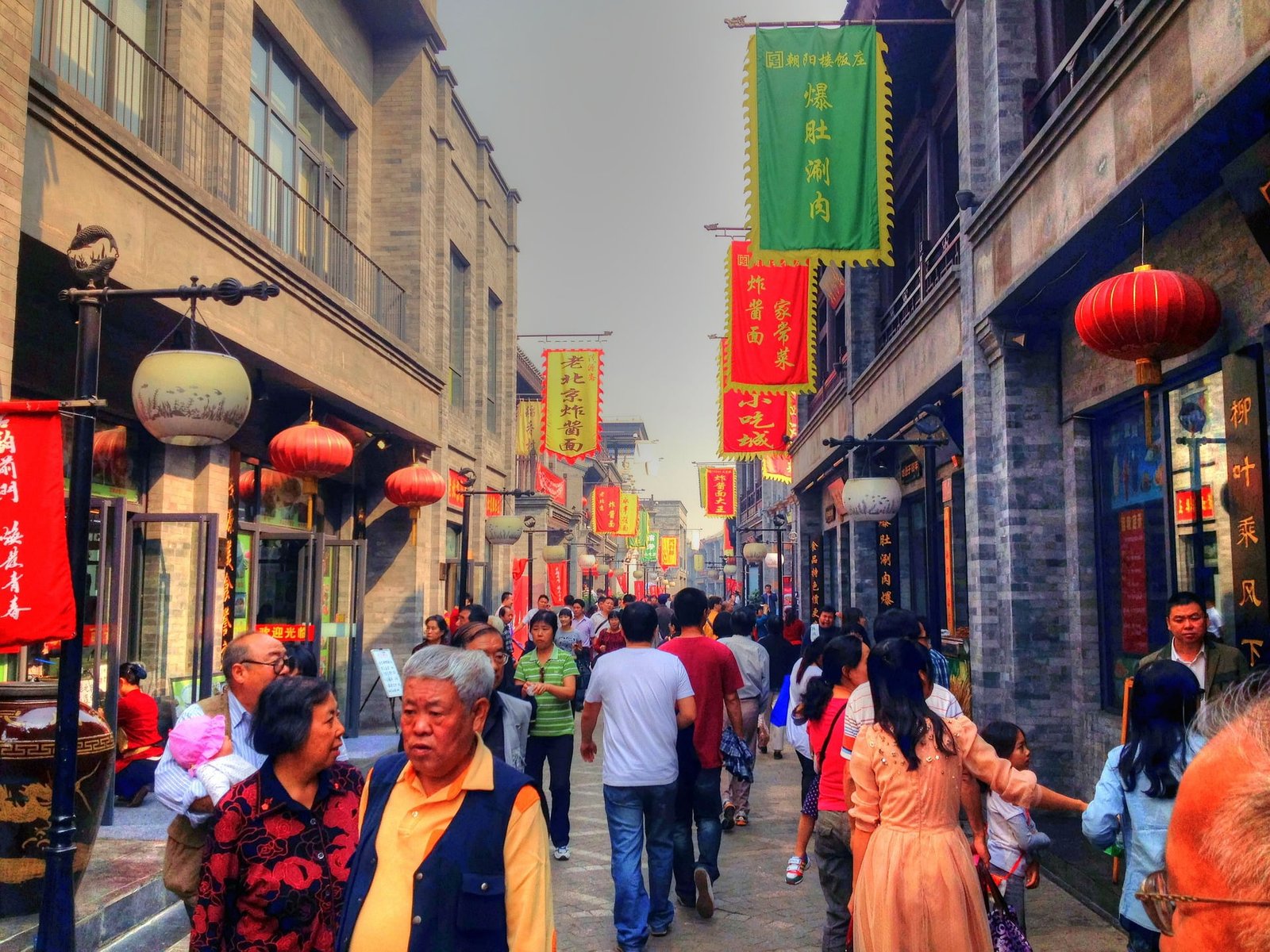
Beijing, China: 22.1 Million People
Beijing, China’s capital, is home to 22.1 million people in 2024. The city’s population has grown rapidly since the late 20th century, driven by China’s economic development and urbanization. Beijing’s history as a political and cultural center dates back thousands of years, and it remains one of the most important cities in China. The city’s population growth has slowed in recent years, but it continues to attract people for its political significance and job opportunities.

Mumbai, India: 21.6 Million People
Mumbai, India’s financial capital, has a population of 21.6 million in 2024. The city’s population has grown rapidly over the past few decades, driven by migration from other parts of India and a high birth rate. Mumbai’s history as a major port and trading center has contributed to its growth, and it remains one of the most important cities in India. Despite challenges such as overcrowding and inadequate infrastructure, Mumbai continues to attract people for its economic opportunities and vibrant culture.
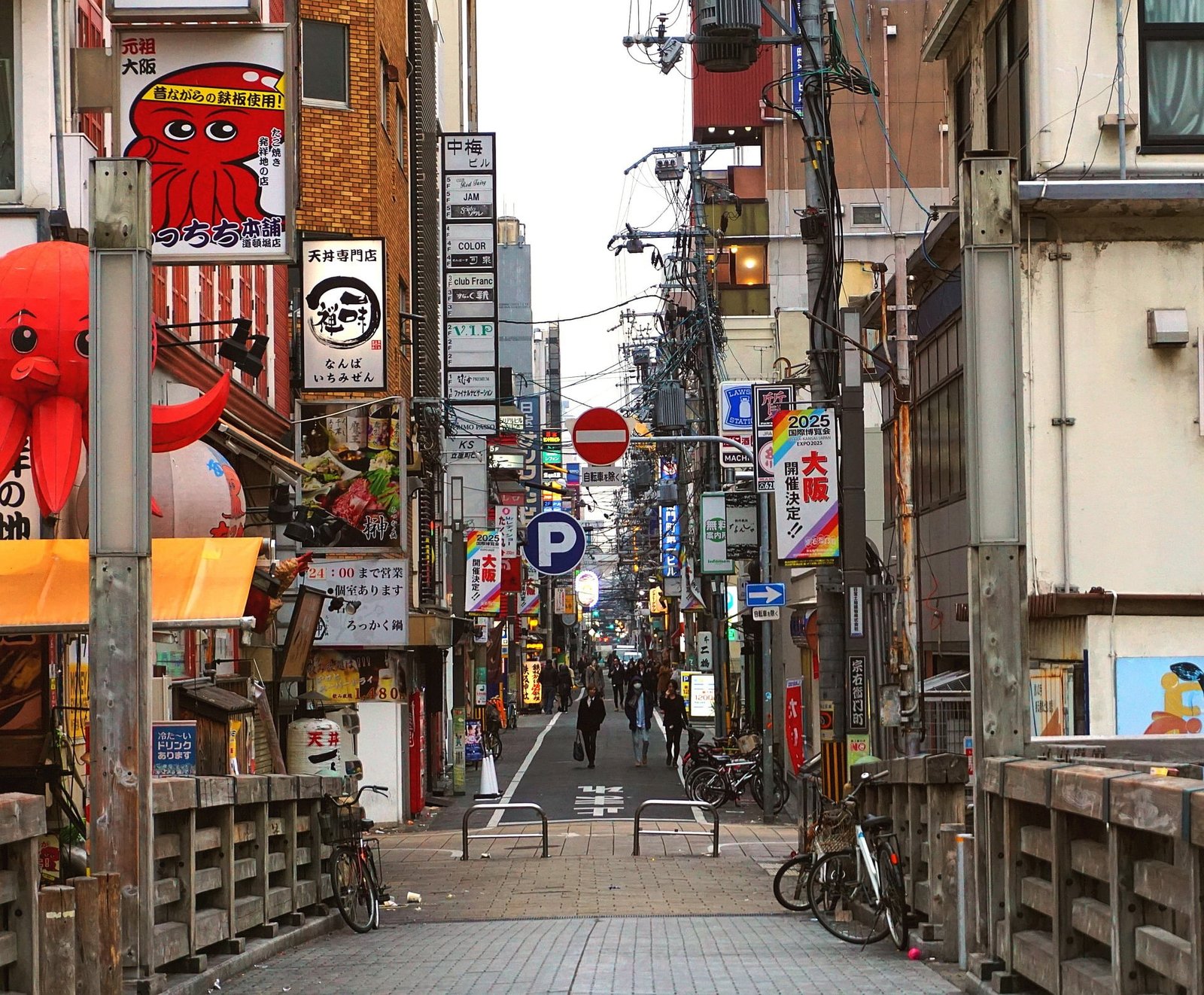
Osaka, Japan: 18.9 Million People
Osaka rounds out the list with a population of 18.9 million in 2024. As one of Japan’s major cities, Osaka has a rich history as a commercial center. The city’s population grew rapidly during Japan’s economic boom in the 20th century but has since stabilized due to Japan’s overall population decline. Despite this, Osaka remains a key economic hub and cultural center in Japan, attracting people for its unique blend of tradition and modernity.